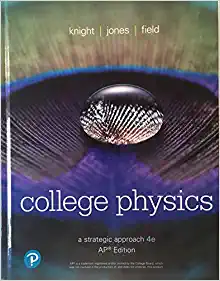Answered step by step
Verified Expert Solution
Question
1 Approved Answer
Consider the following 16 signal vectors s0= (-3,0), s1 =(-1,0), s2= (+1,0), s3=(+3,0) s4=(-2, sqrt(3)), s5=(0,sqrt(3)), s6=(+2,sqrt(3)), s7=(+4,sqrt(3)), s8=(-1,2*sqrt(3)), s9=(+1, 2*sqrt(3)), s10=(-4,-sqrt(3)), s11=(-2,-sqrt(3)), s12= (0,-sqrt(3)),
Consider the following 16 signal vectors s0= (-3,0), s1 =(-1,0), s2= (+1,0), s3=(+3,0) s4=(-2, sqrt(3)), s5=(0,sqrt(3)), s6=(+2,sqrt(3)), s7=(+4,sqrt(3)), s8=(-1,2*sqrt(3)), s9=(+1, 2*sqrt(3)), s10=(-4,-sqrt(3)), s11=(-2,-sqrt(3)), s12= (0,-sqrt(3)), s13=(+2,-sqrt(3)), s14=(-1,-2*sqrt(3)), s15=(+1,-2*sqrt(3)) . (a) calculate the Euclidean distance between every pair of distinct signals and the minimum Euclidean distance between distinct signals. (b) calculate the average energy per information bit, Eb. (c) calculate the normalized squared Euclidean distance. (d) calculate the PAPR Tv for this constellation
Step by Step Solution
There are 3 Steps involved in it
Step: 1

Get Instant Access to Expert-Tailored Solutions
See step-by-step solutions with expert insights and AI powered tools for academic success
Step: 2

Step: 3

Ace Your Homework with AI
Get the answers you need in no time with our AI-driven, step-by-step assistance
Get Started


